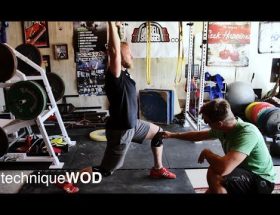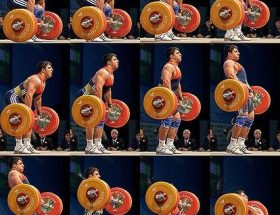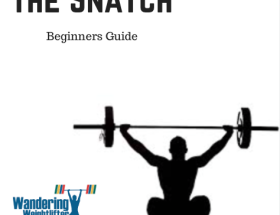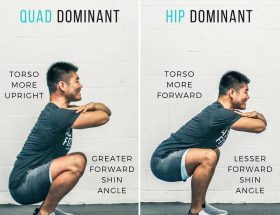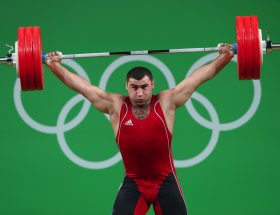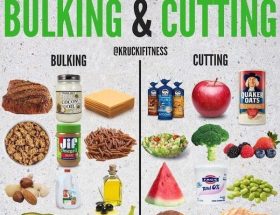Powerlifting is an intense form of strength training that involves performing maximal or near-maximal lifts in three main exercises: the squat, bench press, and deadlift. While powerlifting can lead to significant gains in strength and muscle size, it also carries a risk of injury. In this article, we will explore some of the most common powerlifting injuries and discuss strategies to prevent them.
1. Lower Back Strain
The deadlift and squat are notorious for placing a substantial load on the lower back. As a result, lower back strains are one of the most common injuries among powerlifters. These injuries typically occur due to poor lifting technique, excessive load, or insufficient warm-up.
To prevent lower back strains, it is crucial to maintain proper form during lifts and gradually increase the weight as your strength improves. Incorporating exercises that target the lower back, such as back extensions and good mornings, can also help strengthen the area and reduce the risk of injury.
2. Shoulder Injuries
The bench press is a staple exercise in powerlifting but can lead to various shoulder injuries if not performed correctly. The repetitive motion, combined with heavy loads, places significant stress on the shoulder joints and muscles.
To prevent shoulder injuries, powerlifters should focus on maintaining proper form, ensuring their scapulae are retracted and depressed throughout the movement. It is also essential to incorporate shoulder stability exercises, like overhead presses or lateral raises, into your training routine.
3. Knee Strains
The squat exercise targets the quadriceps, hamstrings, and glutes, but it also puts considerable stress on the knees. Lack of flexibility, improper form, and excessive weight can all contribute to knee strains or even more severe injuries like ligament tears.
To prevent knee strains, it is crucial to perform squats with proper form, ensuring that your knees stay in line with your toes and do not cave inward. Incorporating exercises that improve quadriceps and hamstring strength, such as lunges and leg curls, can also help prevent knee injuries.
4. Elbow Tendonitis
Powerlifters often develop elbow tendonitis, also known as Tennis Elbow, due to the repetitive strain placed on the elbows during exercises like the bench press and heavy deadlifts. This condition causes inflammation and pain in the tendons of the forearm muscles.
To prevent elbow tendonitis, it is important to incorporate exercises that strengthen the forearm muscles, such as wrist curls and reverse curls, into your training routine. Additionally, using proper technique, gradually increasing the weight, and allowing sufficient rest and recovery can significantly reduce the risk of developing this condition.
5. Prevention Strategies
Besides addressing specific injuries, powerlifters should also follow these general prevention strategies:
Proper Warm-Up: Prioritize dynamic stretching and light cardio to increase blood flow, warm-up the muscles, and improve range of motion.
Gradual Progression: Avoid sudden increases in weight and focus on gradually progressing to heavier loads over time.
Listen to Your Body: Pay attention to any pain or discomfort and immediately address it. Rest, recover, and seek medical attention if needed.
Balance Strength Training with Recovery: Allow sufficient time for rest and recovery between training sessions to prevent overuse injuries.
Proper Nutrition: Ensure you are consuming enough protein and nutrients to support muscle recovery and overall health.
Form and Technique: Prioritize learning and maintaining proper form for each exercise to reduce unnecessary stress on joints and muscles.
Seek Professional Guidance: Consider working with a qualified strength and conditioning coach or personal trainer to ensure safe and effective training methods.
By implementing these injury prevention strategies and being mindful of your body’s limits, you can continue to make progress in powerlifting while minimizing the risk of injuries.
Remember, injury prevention should always be a top priority to ensure long-term success and longevity in the sport of powerlifting.
Now, put these strategies into practice and lift wisely!

